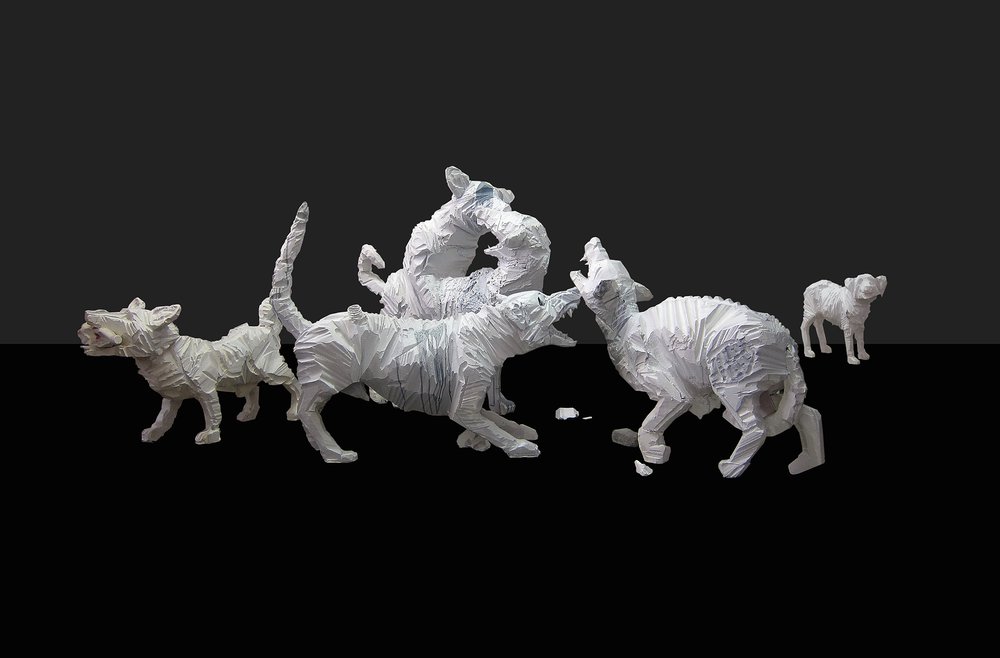Italian and Russian ‘Arte Povera’

Moscow’s Heritage gallery kicks off its 2021 programme with the exhibition ‘Anthology of the Poor in Fine Art and Design: Russia vs. Italy’. In anticipation of the event, Moscow-based Italian art historian and curator Antonio Geusa ponders on the phenomenon of Arte Povera in those two countries.
When, in 2008, the exhibition ‘Russkoye Bednoye’ (“Russian Povera”) opened in Perm, a city of one million near the Ural Mountains, a new phase in the development of Russian contemporary art started: the gap between Russia’s two capitals – the political one in Moscow and the cultural one in Saint Petersburg – and the rest of the country started to shrink. For a few years, Perm and its new Museum of Contemporary Art became one of Russia’s most active art spaces and gained international recognition.
That exhibition saw the participation of 36 Russian artists who, according to the exhibition’s curator Marat Guelman, worked with simple (poor) materials, such as cardboard, twigs and sellotape, in order to find their own social and national identity. The works on show were presented under a historical angle focusing on the roots of Russian contemporary art and the crucially important appearance of nonconformist artists.
What led to the birth of that movement was the implementation in the 1930s of Stalin-approved Socialist Realism as the sole canon allowed in art. Those artists who did not follow the Party line were forced to use simple and poor materials, because they did not have access to more expensive ones.
In 2008, the participants in the Perm exhibition were “anti” not because they were still relegated to the underground, but, as the Russian philosopher and major art critic Boris Groys explains in his essay for the exhibition, they were “the dissidents of design, the dissidents of glamour”, who were not afraid to go against what was popular in Russian visual culture.
The current exhibition’s title clearly underlines the strong bond with Italy’s ‘Arte Povera’ movement of the late 1960s and 1970s, when artists abandoned traditional materials. Instead of painting oil on canvas or using bronze and marble, the movement’s adherents opted for simpler, unpretentious materials, like soil, clothing and rocks. The Italian version was more than anything a challenge to established notions of value and propriety. It was targeted at the Italian art market and the huge hold it had on the country’s contemporary art system. Russia’s version of the movement had its own original character. Guelman argues that the difference between the two movements is the same as starving, because one does not have enough money to buy food or simply not eating because one is on a diet. What he doesn’t clarify is which of these options applies to which country.
Besides the obvious use of simple materials, the main difference between the two movements lies in the fact that in the case of Italian Arte Povera, artists deliberately chose inexpensive materials to turn their backs on the then current elitism that marked popular and trendy art. The organizers of the ‘Russian Povera’ exhibition, on the contrary, deliberately wanted works to be trendy in order to attract a wider public.
Guelman saw the artists in the 2008 exhibition as spurred “by the desire to find beauty in the simplest of things” and, at the end of the day, “Russian ‘poor art’ is all about the process of making beauty from nothing”.
The 2021 show at Moscow’s Heritage Gallery displays Russian and Italian Arte Povera together for the first time. “This exhibition,” explains Kristina Krasnyanskaya, the gallery owner and the exhibition’s curator, “is more relevant than ever, speaking to each of us as if ‘from inside’, inside ourselves, about the common social problems of today’s world”. There will be an international online preview from January 27 to January 31, 2021, as part of the ‘BRAFA in the Galleries’ art fair. The exhibition will be opened to the public in Moscow on March 15.
Anthology of the Poor in Fine Arts and Design. Russia vs Italy
January 27 – 31, 2021
Moscow, Russia
March 15 – May 31, 2021








